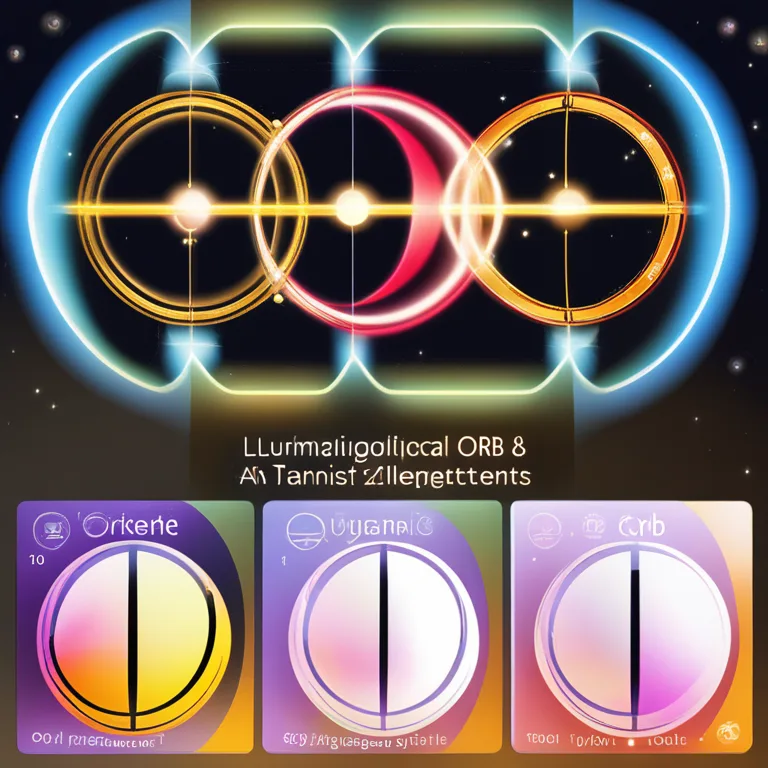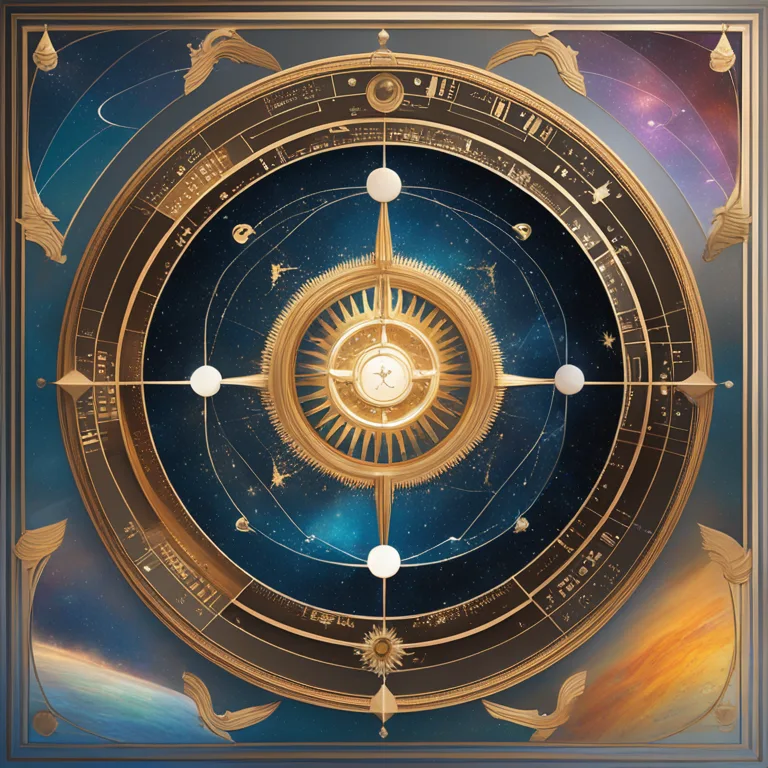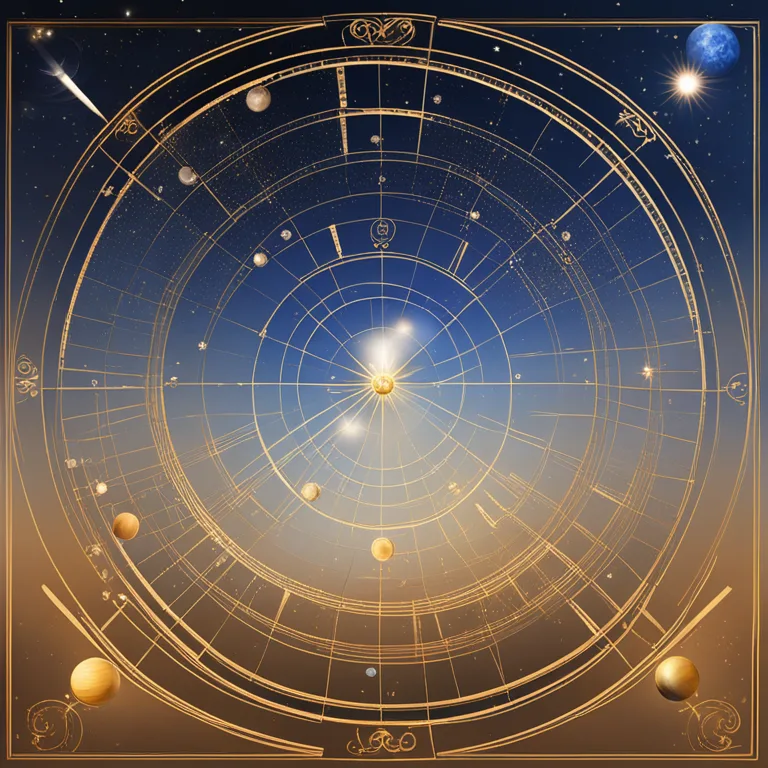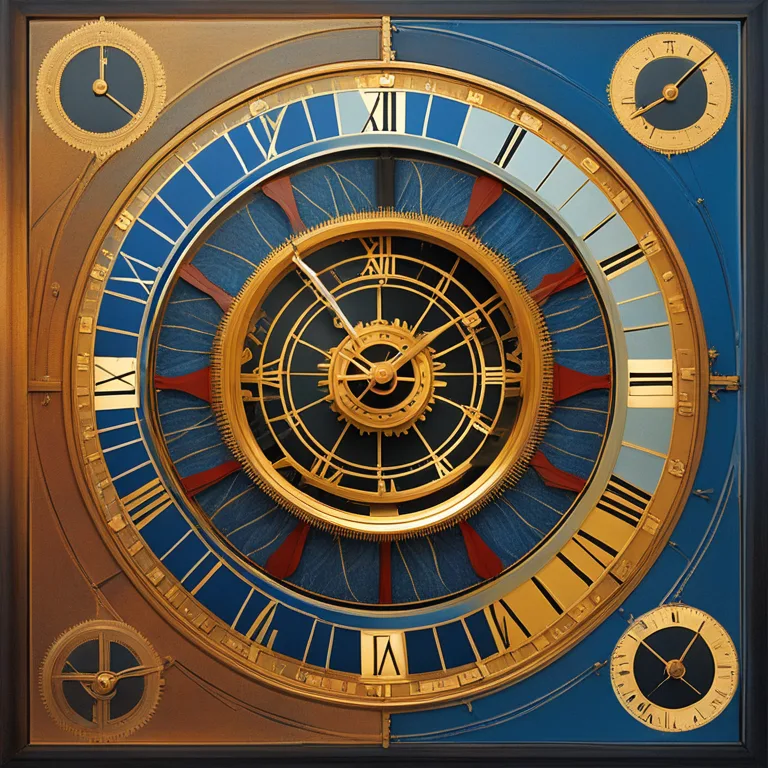
Birth Charts Transits Influence
Learn how transits can reveal evolving patterns and forecast life events by influencing your birth chart in astrology.
article by Priya Deshmukh
Demystifying Birth Chart Transits
Birth chart transits are a fundamental concept in astrology, acting as celestial markers that influence your natal or birth chart over time. As the planets in our solar system continue their orbits, they form angles with the positions of planets at your time of birth. These moving planets, known as transits, interact with your natal chart positions, signifying growth, challenges, and changes that may manifest in your life. Unlike the static snapshot of the sky when you were born, transits are dynamic, representing the ever-evolving dance of cosmic energies that affect each individual differently.

Transits as Cosmic Timers
Transits can be likened to a clock, with each planet's movement corresponding to a type of event or development. Faster-moving planets, like the Sun, Mercury, Venus, and Mars, signify day-to-day occurrences and fleeting moods. In contrast, the slower-moving planets – Jupiter, Saturn, Uranus, Neptune, and Pluto – mark significant life chapters, changes, and transformations that can shape your personal growth and journey. By studying these planetary movements, astrologers can forecast periods of opportunity or potential challenge, providing insights into when is best to take action or exercise caution.

Interpreting Impact on Personality and Life
Each transit brings a unique influence, dependent on the planet involved, the aspect it forms (conjunction, square, opposition, etc.), and the area of the natal chart it activates. For example, a transit of jovial Jupiter might bring expansion and good fortune, while a challenging square from transformative Pluto could signal a time of intense personal growth through struggle. These interpretations allow us to prepare for and understand the underlying themes of the periods ahead, thereby empowering us to navigate our lives with more awareness and purpose.

The Role of Orb in Transit Analysis
The orb, or the degree of deviation allowed from the exact angle of an aspect, is crucial in transit analysis. Orbs determine the intensity and duration of a transit's influence. Generally, a tighter orb indicates a more pronounced energy and a significant life event. However, as we look into the future, astrologers might adjust their accepted orb values reflecting an evolving understanding of planetary influences. This can fine-tune transit predictions, offering a more nuanced perspective of upcoming life themes.

Preparing for Transits and Their Lessons
Astrological wisdom encourages using the knowledge of impending transits to prepare for potential challenges or make the most of opportune moments. As we move forward in time, it is expected that astrology will incorporate more data-driven methods and enhanced astronomical calculations to make transit predictions more accurate. Practically, this means gaining a clearer understanding of personal timelines and potential life-changing events.
Transits in the Digital Age
As we progress into 2024 and beyond, the integration of technology in astrology is inevitable. An increasing number of digital platforms are offering personalized transit charts, using sophisticated algorithms and user data to deliver real-time astrological guidance. The advancement of artificial intelligence might even lead to systems that can interpret transits in a nuanced, almost human-like manner, making astrological knowledge more accessible to everyone.
The Continuous Evolution of Astrological Practice
Astrological practices have evolved considerably over the centuries, and the study of birth chart transits is no exception. With the ever-growing body of astrological research and the influx of new astronomical discoveries, our understanding of transits as life's navigational tool will continue to deepen. Astrologers will likely develop new techniques for interpreting transits that resonate more accurately with modern life experiences, reflecting society's changing values and perspectives.
Published: 12/22/2023
Modified: 12/22/2023
More predictions
Come back here soon to learn more about yourself and your future



